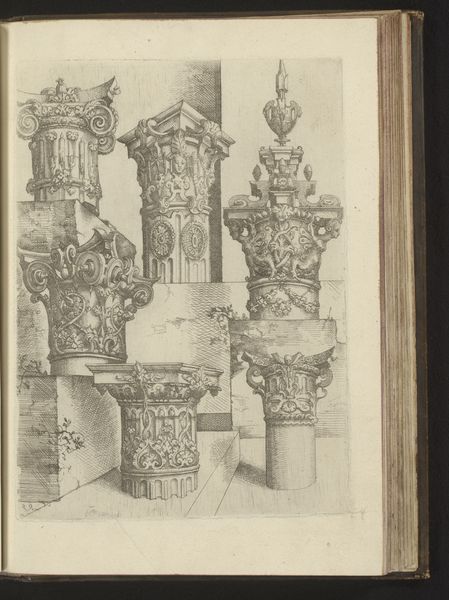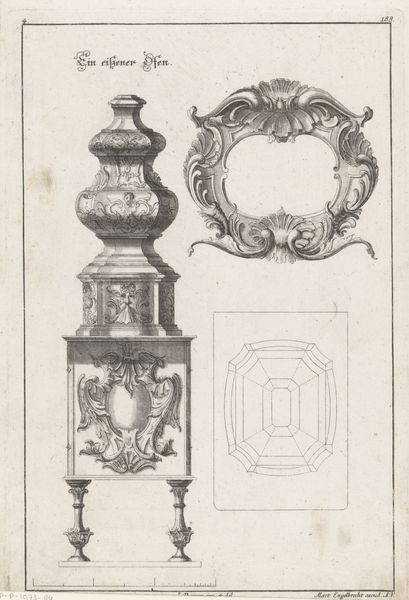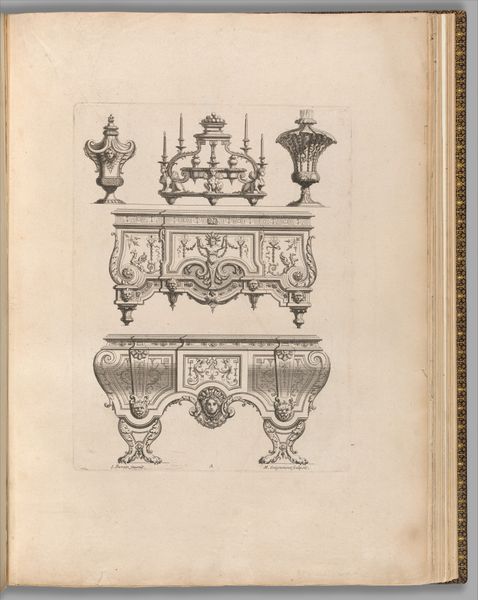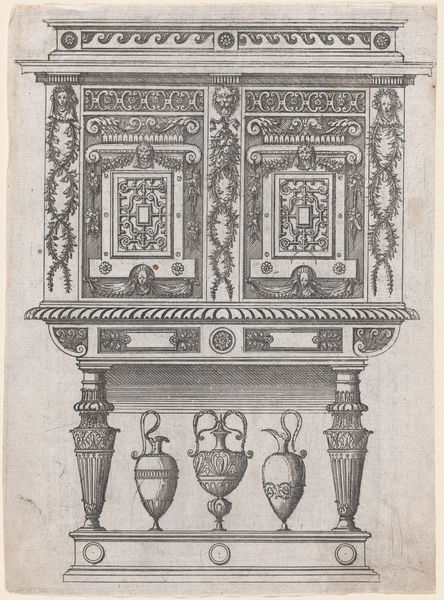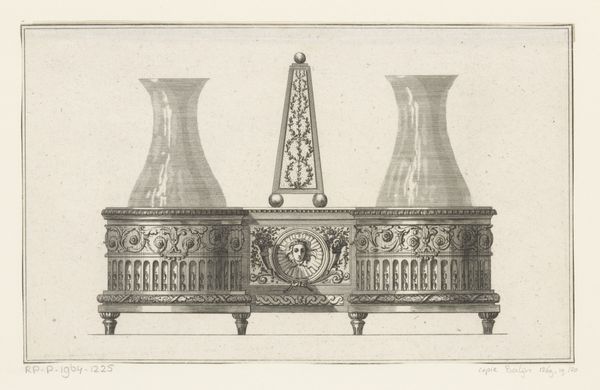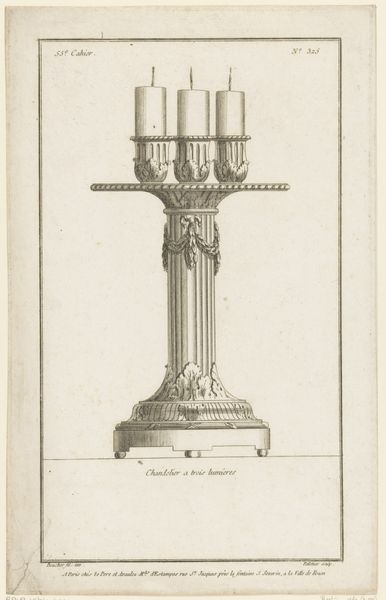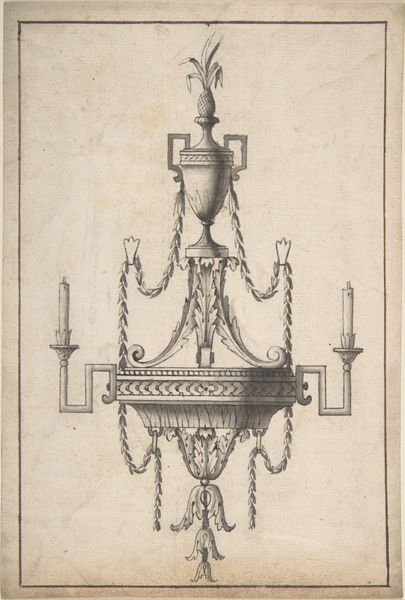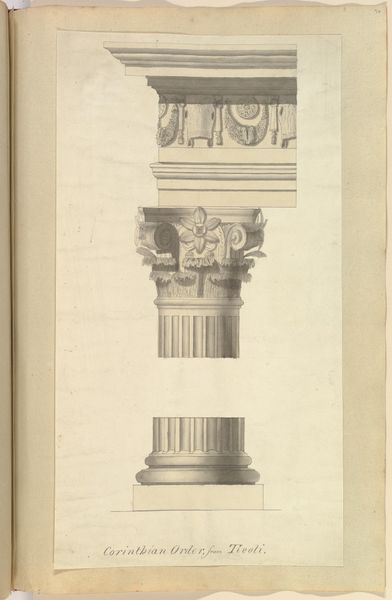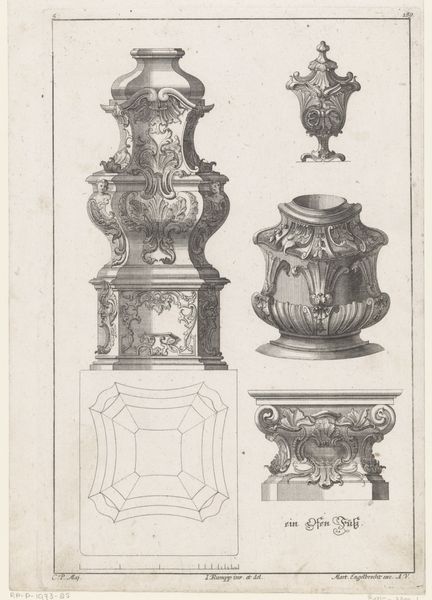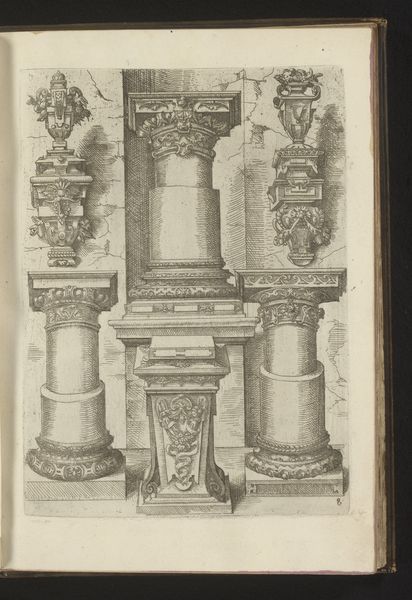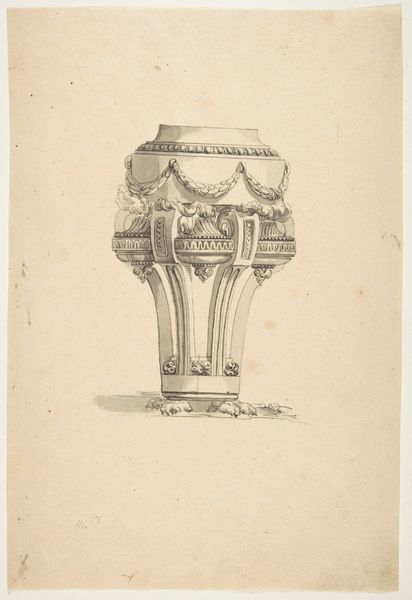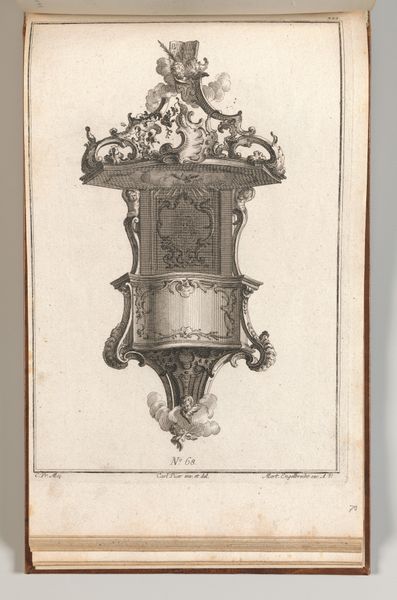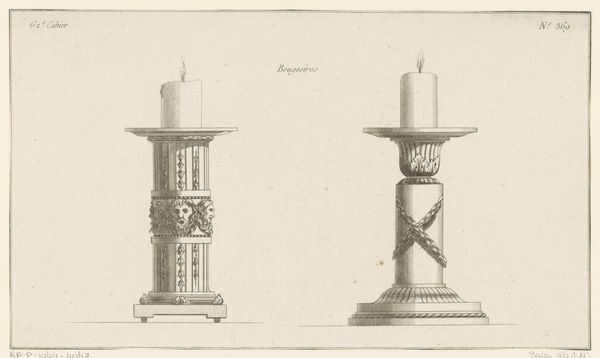
L'Art de Tourner, ou de faire en perfection toutes sortes d'ouvrages au tour 1749
0:00
0:00
drawing, print, metal, engraving
#
drawing
#
baroque
# print
#
metal
#
engraving
Dimensions: Overall: 15 15/16 x 10 9/16 x 1 3/4 in. (40.5 x 26.8 x 4.5 cm)
Copyright: Public Domain
Curator: Ah, yes, this is "L'Art de Tourner, ou de faire en perfection toutes sortes d'ouvrages au tour," a drawing, and an engraving. Created around 1749 by Charles Plumier. It's part of the Metropolitan Museum of Art's collection. Editor: The title's almost as ornate as the objects themselves! My first impression is... intricate. Almost unbelievably so. It reminds me of complicated clockwork or some kind of alchemist's tools. Are these metal? They look it. Curator: Most likely, though the rendering itself is a print. Plumier focused much of his practice on process and tools—in this instance, exploring lathe-turned objects. The title translates roughly to “The Art of Turning, or Making All Kinds of Works on the Lathe with Perfection." Think about the skill involved, the labour, in producing items this precise with the limited technology available. Editor: Precision seems an understatement! It makes you think about the human hand, and how essential tools were in extending that skill in previous eras. One feels so architectural while the other tends toward organic forms, it’s quite nice. Was this a kind of manual? I mean, how does it function beyond instruction or the display of technical virtuosity? Curator: Exactly! It functioned as a demonstration, an advertisement, perhaps, of artisanal expertise in the Baroque period. A celebration of both craftsmanship and the potential for decorative arts within the culture of courtly Europe. Metalworking was integral to military power and luxury items so highly coveted. Editor: Yes! And you see it. The piece makes you wonder, doesn’t it, who might own an object like this. The top fleurs-de-lis add something. Such decorative extravagance on seemingly functional objects—it feels indulgent, in a very particular way. I imagine showing this to someone from another culture entirely... What would they even make of it? Curator: Well, that divergence is key. Our perspectives of usefulness vary due to circumstance, class, geography, as do values. This prompts considerations of labour in the 18th century, privilege, social value imbued through commodities— and ultimately, perhaps, our relation with materialism itself. Editor: True. Looking at it, I appreciate that in its odd way it can still trigger considerations of technique and aspiration, and ultimately, maybe even a reassessment of what craftsmanship and human effort actually signify to us now. What a wild creation.
Comments
No comments
Be the first to comment and join the conversation on the ultimate creative platform.
